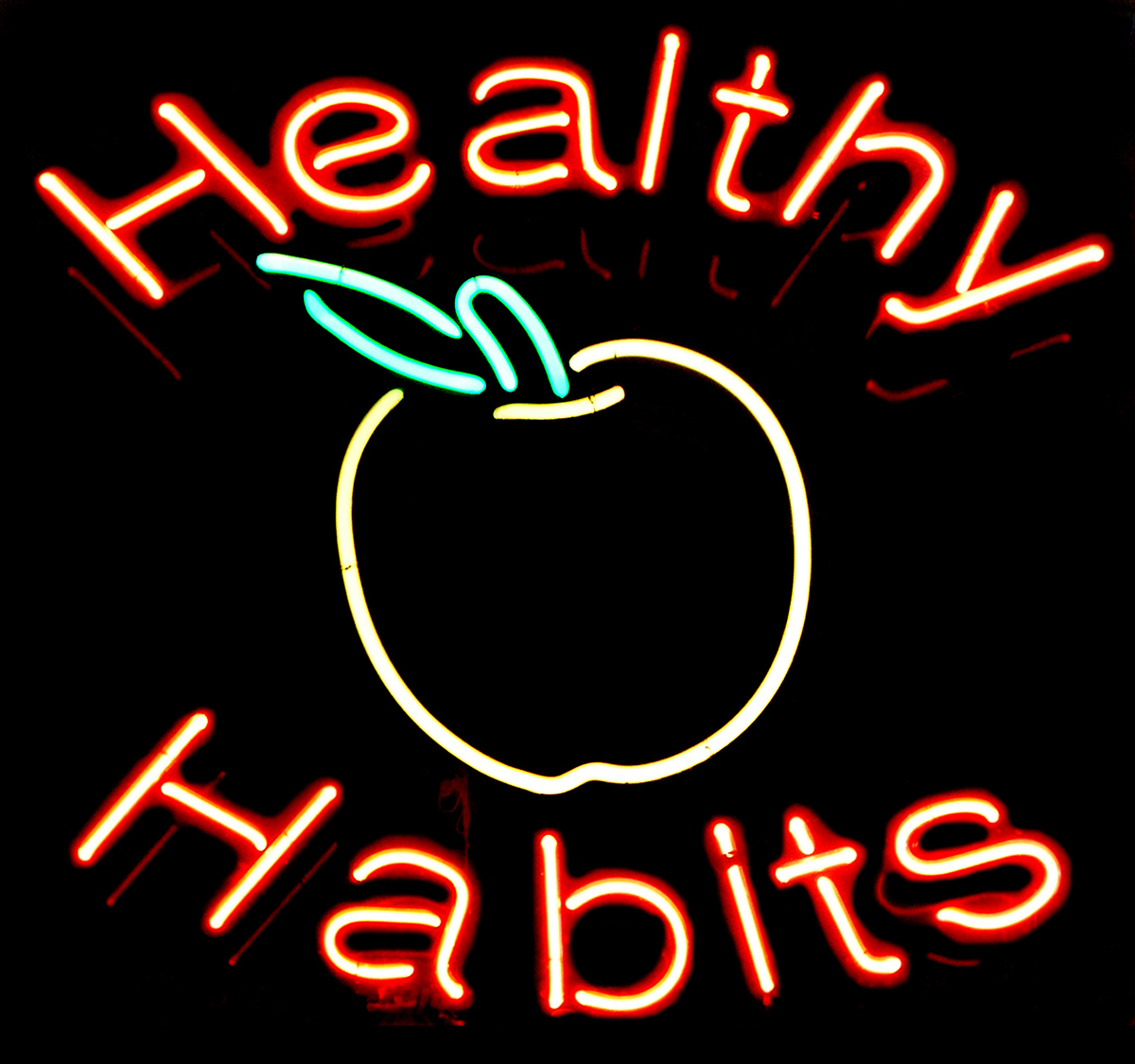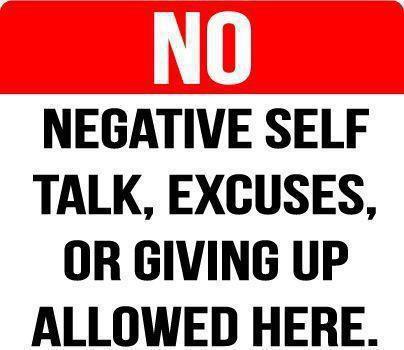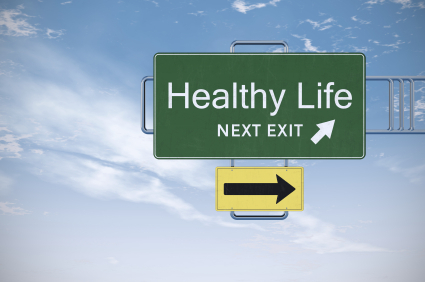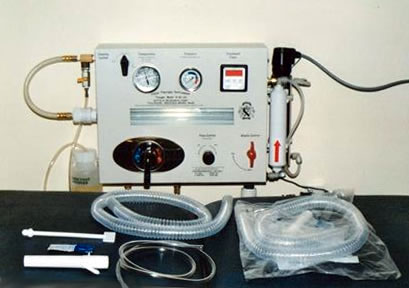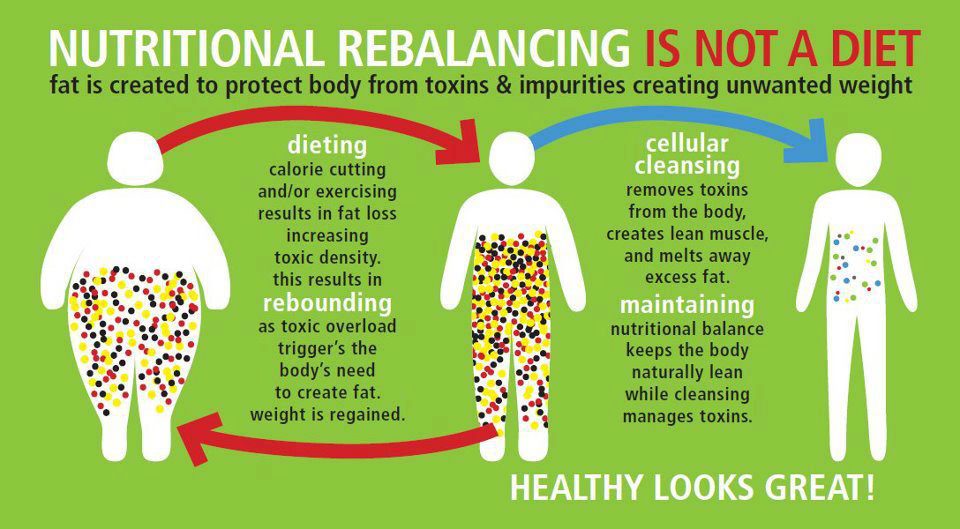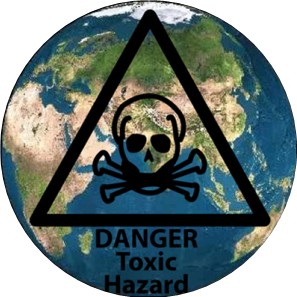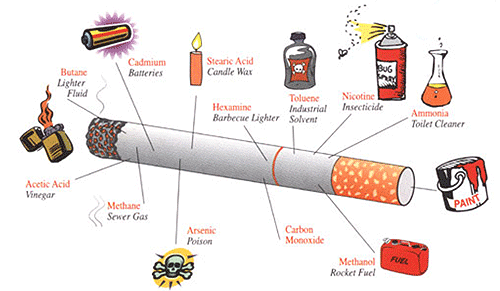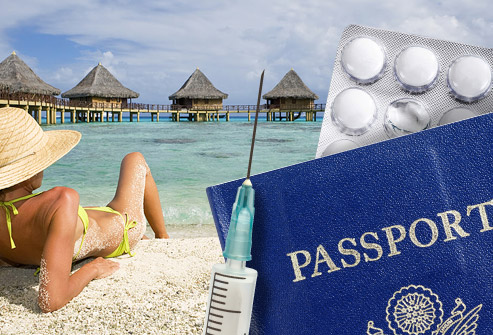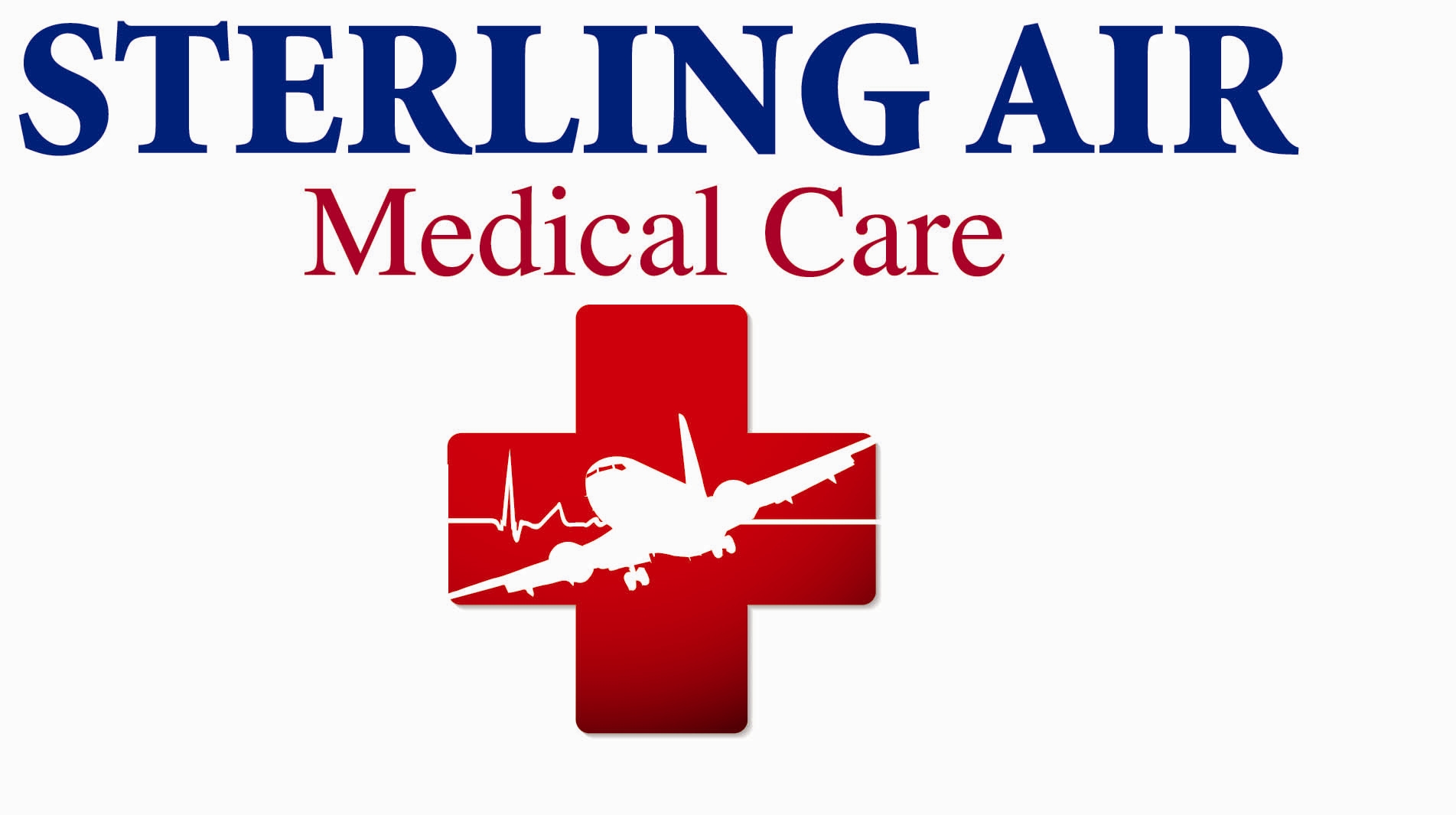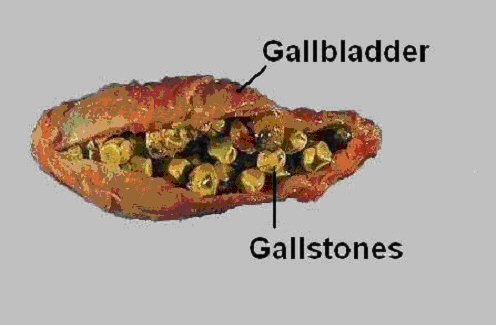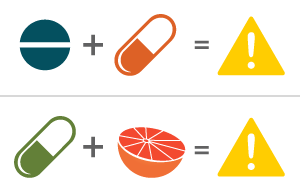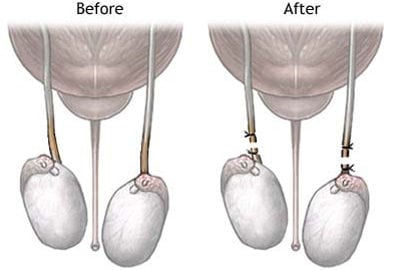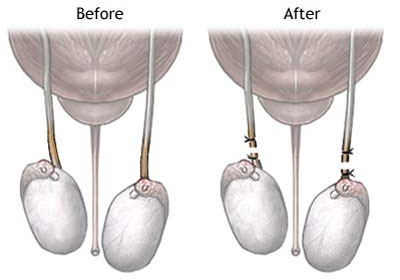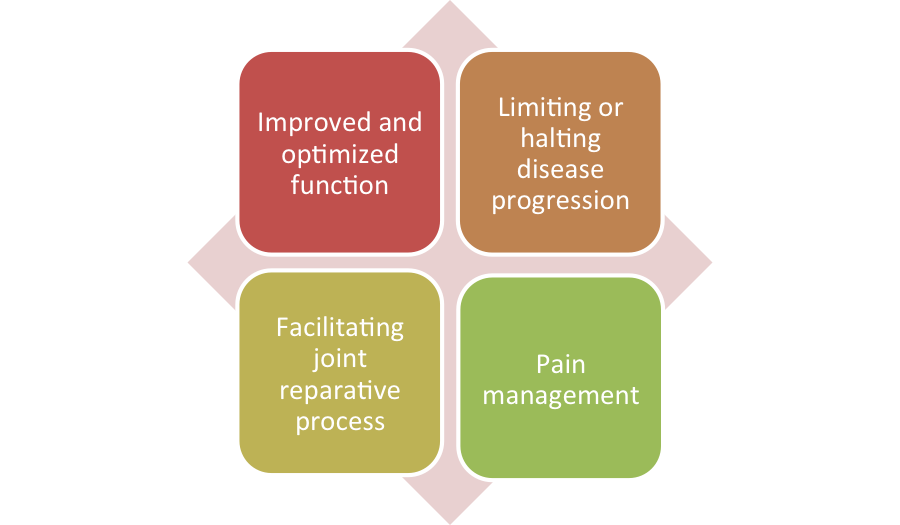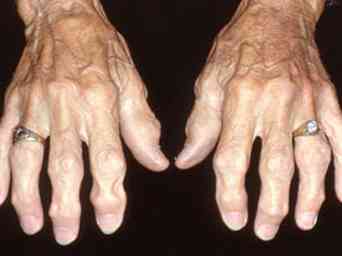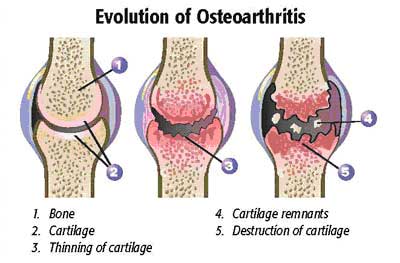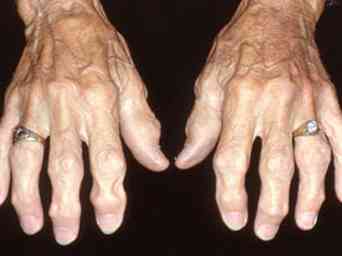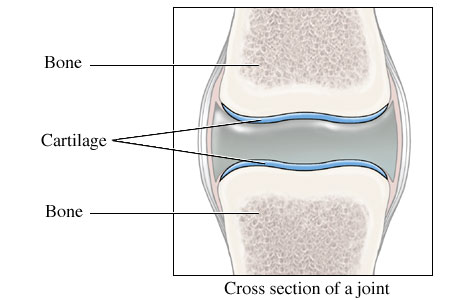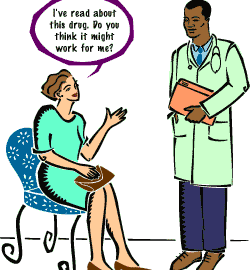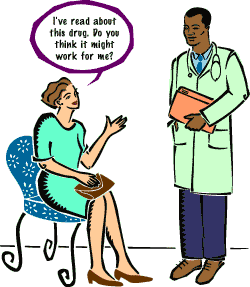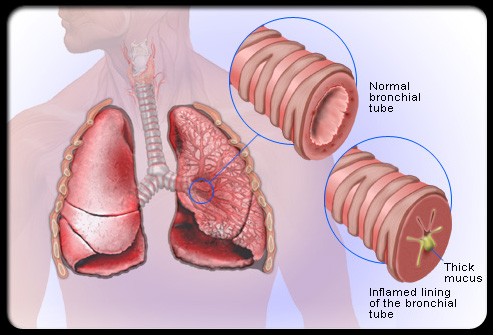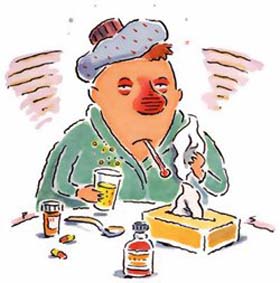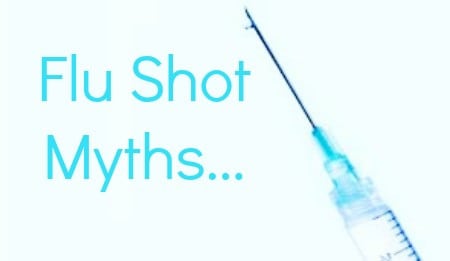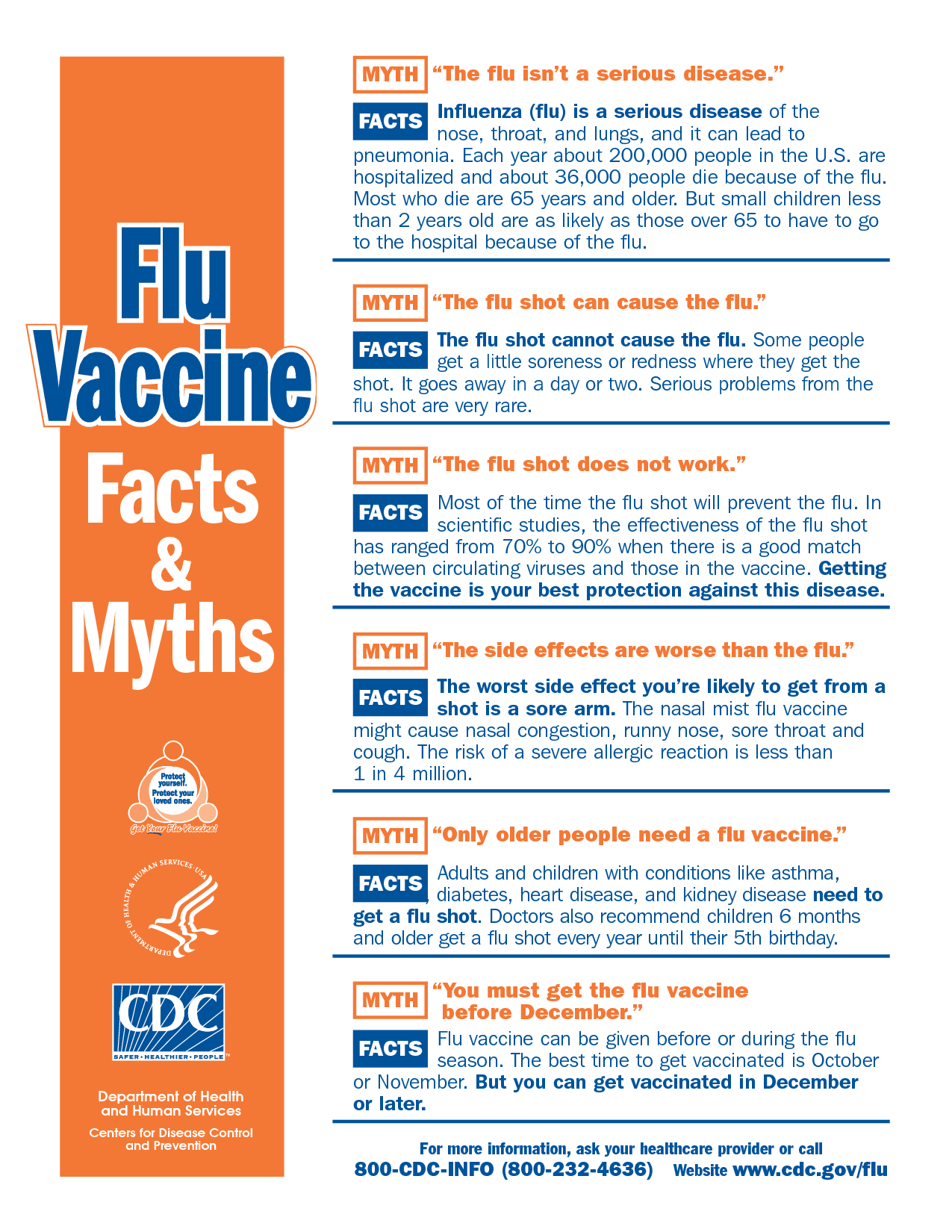Good habits are just as addictive as bad habits, but they’re much more positively rewarding.
The easiest way to change your life is to change your life. But how? When it comes to health, sometimes it can seem like work. For many, the idea of exercise is a big to do. You have to pack. You have to drive. You have to shower. Who has time for all of that? Dieting is just as bad, it seems. Do I need to go find a special store? It always takes time to cook a special meal. It seems like work to count calories! I don’t like the taste of this or that…
Well, at Straight, No Chaser, we want to introduce you to Invisible Health. Today, we offer you a series of ten simple tips (and one admittedly not so easy one) that will promote your health without all the fuss (although we fully endorse the fuss and know that over time, it’s not a fuss). Feel free to expand the list. More importantly, implement the list. You’ll be amazed how just a few minor modifications in regular activities can produce large improvements in your health. Everything is relative. Don’t just sit there. Do something!
One thing you’ll notice about these tips is you’re producing health benefits without the active grind of “working out ” or “dieting.” We just want you to develop some new habits or increase the frequency of some things you may already be doing.
- Take a walk. You’re exercising and didn’t know it. Walk the stairs. Take a walk in the park with your loved one. Walk while you talk with your kid. Regular walkers have less heart attacks and strokes, better sex lives and less stress. Walking improves your immune system and reduces all manners of unhealthy cravings. It’s easy. Just do it.
- Learn to like to dance. Hear your favorite song? Go for it. Have a child? Teach them and dance with them! I’ll bet while you’re having fun, you’re breaking a sweat, losing calories and getting your heart pumping without the worry of reps or time spent.
- Are you hungry and about to shove something unhealthy in your mouth? Drink a glass of water. Your body needs it. The majority of you don’t drink nearly enough water. Learn to appreciate water. Have you heard that you need eight glasses of water a day? You’ll never get there by sipping on a hot beverage. It’s refreshing and replenishing, plus it makes your body function optimally. Besides, if you’re drinking water, you’re not drinking high calorie, sugar-laden soft drinks. Speaking of which…
- Stop. Drinking. Sodas. Today. I’d bet the easiest “diet” many of you could go on would be just eliminating soda. Even without doing anything else you’d lower your risk of diabetes and high blood pressure, and you would start losing weight. One can delivers 150 calories. Any amount of water is zero calories.
- Still hungry and still looking at that donut? Go brush your teeth. You probably don’t brush enough anyway, and brushing and flossing intermittently throughout the day provide numerous health benefits as well as serve as suppressing your appetite in a simple way.
- Wack some weeds. Getting in your yard and doing most any kind of cleaning is going to be beneficial to your health. Stop riding your lawnmower. Walk! Pull some weeds (with both hands), rake some leaves, plant some flowers or sod some grass. You’re burning several hundred calories an hour!
- Stand for something. If you think about it, you spend a lot of time sitting during the day. Could you perform a lot of what you’re doing standing or moving? Give it a try. Just develop the habit of getting up and moving around intermittently. For example, learn to pace while you’re on the phone. It’s activity, and you probably need more of it.
- Snack healthy. Find a favorite fruit. Eat a handful of nuts. A handful of carrots or almonds, a few slices of an apple or a bowl of grapes is an infinitely better approach to those cravings. Lose the potato chips and the empty calories. This is both addition by subtraction and addition by addition!
- Play! Have a kid of any age? Throw the football around. Shag fly balls with each other. Shoot some hoops. You’ll love the benefits to your heart and lungs. Plus, it’ll keep your brain sharp.
- Find a healthy friend. Having a companion with whom you share your health aspirations gives you a much better chance of success across the board, as opposed to that friend of yours that you just get together with to eat or drink. It’s true in health as well. You’re probably the average of the five people you most hang around!
- Stop smoking. You didn’t really think I would leave smoking off the list, did you? Speaking of invisible health, the more invisible smoking is, the better. I don’t care how you do it, just do it. Every cigarette is costing you about seven minutes of your life. In one fell swoop, eliminating cigarettes from your life will produce as many benefits as most anything else you’ll do.
Give it a try. See how many of these 10 tips you can incorporate into your life. I’d love to get some feedback on your journey.
Thanks for liking and following Straight, No Chaser! This public service provides a sample of 844-SMA-TALK and http://www.SterlingMedicalAdvice.com (SMA). Enjoy some of our favorite posts and frequently asked questions as well as a daily note explaining the benefits of SMA membership. Please share our page with your Friends on WordPress, on Facebook at SterlingMedicalAdvice.com and on Twitter at @asksterlingmd.
Copyright © 2014 · Sterling Initiatives, LLC · Powered by WordPress

